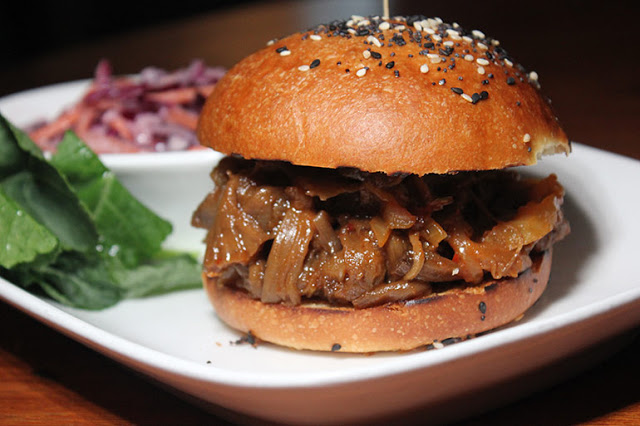How can you tell if someone is vegan? It’s an old (and by now somewhat tired) joke, but I’m betting you probably know the punchline. ‘Vegan’ used to be a dirty word, with the more enthusiastic meat eaters amongst us taking great pleasure in antagonising those who choose to follow a diet free of animal products. Attitudes are changing though, especially as the true environmental costs of meat production are becoming painfully clear and global demand for food production rises at an almost exponential rate.
November is World Vegan Month, so let’s take a look at the rising popularity of vegetarian and vegan diets, and how you might take advantage of this growing trend in your own foodservice business.
Turning Over A New Leaf
A recent study from the UK notes that in the six months to July 2018, 56% of UK adults ate vegetarian/meat-free foods. Overall, one in eight Britons are now vegetarian or vegan, and one third have stopped or reduced eating meat. An interesting take away from the first study is the main reasons participants gave for skipping meat: the most popular were improving health, saving money and being better for the environment.
Doctors and nutritionists have been telling us for decades that a diet rich in whole foods like fresh fruit and vegetables has immense health benefits, so it’s no surprise that people might pursue a vegetarian or vegan diet for this reason. In fact, vegan diets can be richer in certain nutrients, protect against certain cancers and reduce pain from arthritis. Another recent study suggests a fish-rich or vegetarian diet may reduce hypertension-related heart disease symptoms.
So a move towards a healthier lifestyle is a logical reason for consumers to cut back on their meat consumption, and when you think about it that’s a pretty easy ‘sell’ for a foodservice business. If you decide to take this angle and appeal to health conscious patrons, there’s two things you’ll need to get right: taste and nutrition.

Cows Taste Better Than Lentils
Consider the kind of person you’re trying to convince to try a new meat free menu item. While many people are now considering plant based options when they look at restaurant menus, they’re not necessarily cutting meat out of their diet altogether. A well-cooked steak is going to sound delicious to all but the most dedicated vegetarians or vegans, so taste is a major factor in the success of a meat free alternative.
Try experimenting with recipes that attempt to mimic the appearance or taste of traditional meat products when developing vegetarian or vegan offerings. While you might need to factor in additional prep and cooking time, the novelty and appeal of a plant based product that tastes as good (or better) as its meat based inspiration could be just the thing to generate buzz and draw in new customers through word of mouth.

Nature vs. Nutrition
It’s important to consider the types of meat free ingredients you plan to use. Fresh and unprocessed whole foods are preferable to the many processed meat-free products available, which often contain more salt than actual meat.
It might be tempting to simply order some pre-packaged vegetarian bacon to accompany your tofu in a vegan breakfast option, but if you want to provide genuinely healthy alternatives you’re probably better off experimenting with fresh ingredients cooked in-store. They’ll present better on the plate too, all the better to attract the Insta-hordes.

A Missed Steak
This is just one angle you could take to encourage your existing customers to try a plant based meal, or to widen your clientele by drawing in new patrons. Of course, this isn’t the only way to appeal to a vegetarian or vegan audience. Sustainability is a growing concern for a lot of people, so another approach might be to endeavour to source locally grown fresh produce directly from farmers (an approach referred to as farm-to-table or farm-to-fork) and use that as your distinct point of difference.
Alternatively, you could take the opposite approach and embrace vegan friendly fast food like the widely popular Lord of the Fries. This Melbourne based takeaway chain now has stores across the country, and recently added the famed Beyond Meat patty to its range.
The potential to increase revenue by embracing vegetarian or vegan options in your foodservice business is already substantial, and it will only increase in time. If you ignore this growing demographic, it’s at your own risk. Even Rene Redzepi is toying with the idea of turning his renowned restaurant Noma completely vegetarian.

If you’re considering introducing vegetarian or vegan options to your menu you’ll need to ensure equipment and surfaces used to prepare this food are isolated from other areas in your kitchen where you prepare meat to avoid cross contamination. Contact us today if you’d like more information.
